On Saturday, June 6, 2009 in Chicago, local artists partnered with the Tamms Year Ten coalition to protest state-sanctioned torture at the supermax prison in Southern Illinois. And they did it with mud.
The medium:
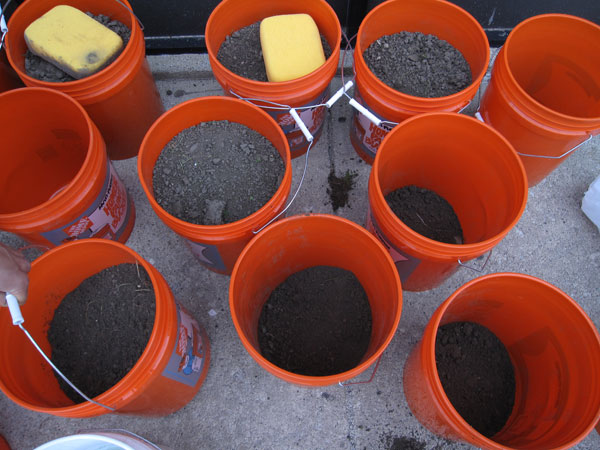
The method:
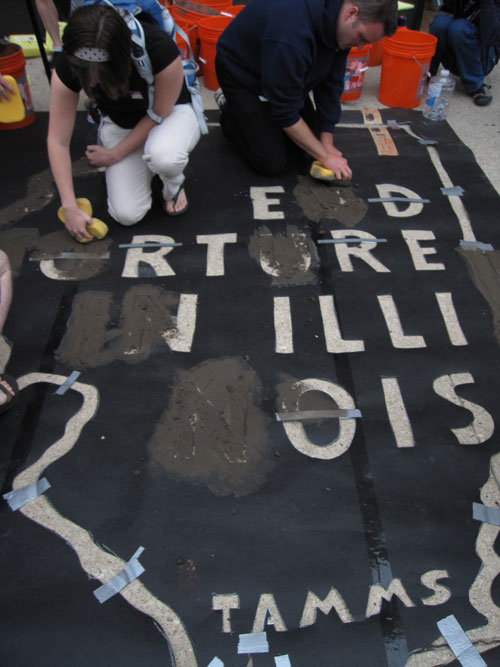

Artists from Chicago and Milwaukee engaged in a non-destructive type of public messaging called “mud-stenciling.” More than 30 volunteers stenciled their message “End Torture in Illinois” in the afternoon on walls and sidewalks around the city offering fact-sheets about TAMMS supermax prison to curious pedestrians. The teams hit spots such as Navy Pier, The Chicago Art Institute, the Museum of Contemporary Art, the Jane Adams Hull House, Hyde Park Art Center, the Logan Square skate park, the Chicago Zoo, DePaul University, as well as sidewalks, underpass walls, and numerous other locations.
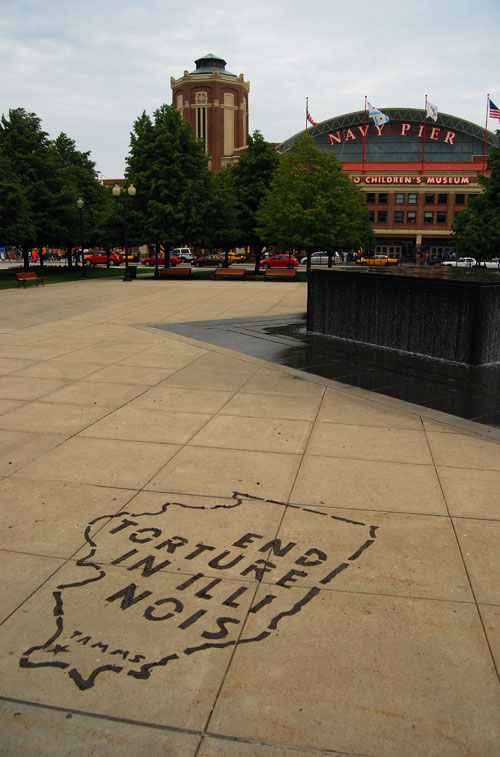
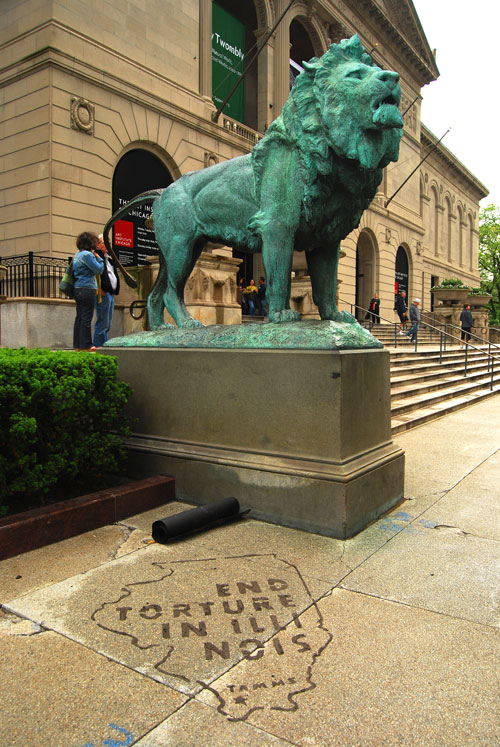
Mud as a medium is especially sensible for artists and activists who want to work outdoors with a non-toxic substance to reach a large public audience. Moreover, city governments and law enforcement agencies have little precedence in dealing with mud stencils so there is a gray area on whether it is legal or not. For if it is illegal, is it also illegal for kids to write with chalk on the sidewalk? Is it illegal to build a snowman in a park or for dirt from ones garden to touch the sidewalk? And, is it illegal to stencil with mud when the rain will wash it off? That said, none of the 30 volunteers who mud stenciled on June 6th in Chicago were arrested or even questioned by the police.
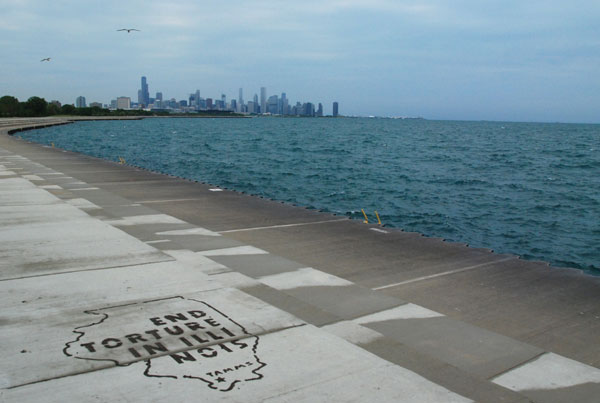
Jesse Graves, a Milwaukee based artist who is gaining international attention for his street art, developed the mud stenciling technique and took part in the Chicago action. “I started stenciling with mud because I wanted to put environmental messages in public spaces, so it would not make sense to use a toxic material like spray paint,” said Graves. “I am using the earth, the most basic substance, to express my concerns regarding the state of the environment I am living in. I am using what sustains us to offer ideas on how we can sustain ourselves.”

Nicolas Lampert, a member of the Justseeds Radical Artists cooperative (www.justseeds.org), who helped coordinate the effort, views it as a tactical media campaign. “People first will be drawn to the stencils themselves, the medium, but it is our hope that a larger conversation evolves about Tamms and how people can get involved,” said Lampert, who helped cut the 6 foot by 9 foot stencils out of rolls of roofing paper. He feels the partnership with the Tamms Year Ten campaign is a needed collaboration: “In my view, activist movements need art, and artists need to be part of activist movements. A lot of artists do political art, but this is actually a case where artists can be part of a social justice movement itself.”
The action was designed to draw attention to the supermax prison in Illinois. Which has become the target of scrutiny by press, legislators, and even Governor Quinn, who appointed a new IDOC director last month with the top priority of reviewing the conditions at Tamms.
Prisoners at the supermax are held in permanent solitary confinement, and never leave their cell except to shower or exercise alone in a concrete pen. Their is no communal activity, no contact visits, no phone calls, an no educational or rehabilitative programming. Suicide attempts, self-mutilation, and other psychotic symptoms are common at Tamms, and are an expected consequence of long-term isolation, which can induce or worsen mental illness. Prisoners often hear nothing but constant screaming or banging and complain about the smell of feces, smeared on cells by mentally ill prisoners. The supermax was designed to be a short-term shock-treatment, but one-third of prisoners have been held indefinitely since the prison opened over ten years ago.
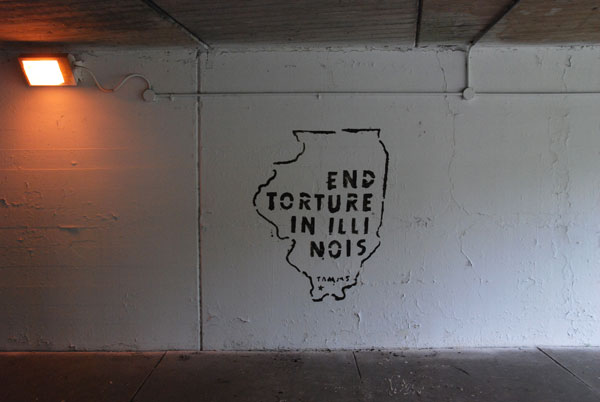
Tamms Year Ten, a coalition of over 70 groups throughout Illinois, initiated the campaign to end torture at the supermax last year and worked with Illinois lawmakers to introduce HB2633 that would establish accountability at the prison and prohibit mentally ill people from being held there. Amnesty International and Human Rights Watch have called on the Illinois Department of Corrections and Governor Quinn to alleviate conditions at the prison immediately.
Laurie Jo Reynolds a Tamms Year Ten organizer, who participated in the mud stencil action said, “The mud-stencils help facilitate dialogues about Tamms with people all over the city.” She reported that people were surprised to see the word torture being used in connection with the state of Illinois. “Many people don’t realize that our supermax is more isolating than Guantanamo Bay, where identical treatment has been judged by Attorney General Eric Holder to be too isolating for prisoner safety,” Reynolds explained. All prisoners at Guantanamo Bay are now provided social interaction and phone calls, in compliance with the humane-treatment requirements of the Geneva Convention. She added, “Most people agree that psychological torture can’t be justified for American prisoners of war, or for detainees at Guantanamo, and it can’t be justified for people in custody in Illinois.”

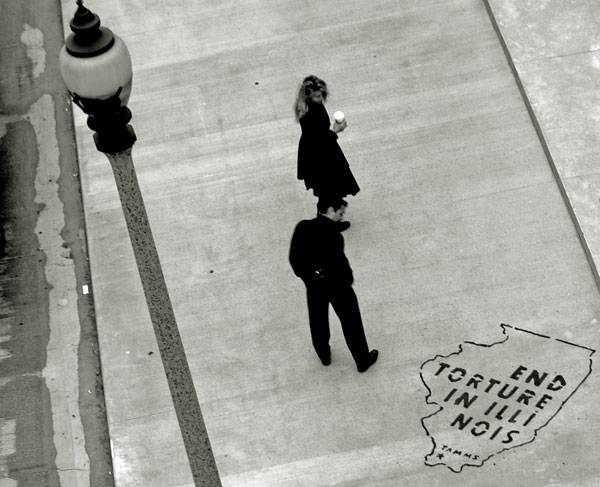
Nationally, supermaxes are on the decline with some closing or converting to regular maximum security prisons due to the unwanted consequences of long-term isolation, as well as the high cost of supermax prisons. According to the Illinois Department of Corrections, the average annual cost of housing a prisoner at Tamms is about $60,000, two to three times as much as any other adult prison on Illinois.
More information:
Tamms Year Ten: http://www.yearten.org/
Mud stencils:
Jesse Graves: http://mudstencils.com/
More photos, video, and articles will be posted over the coming weeks.
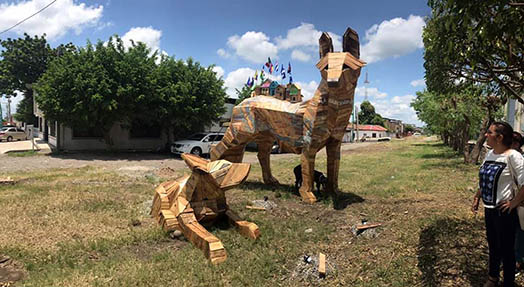
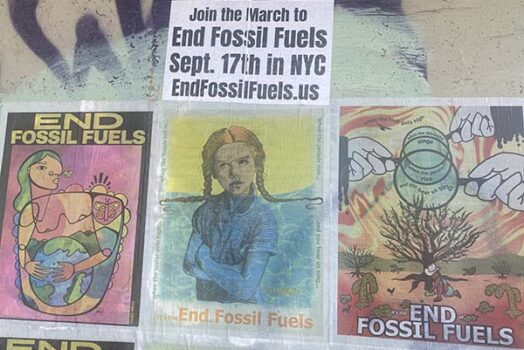
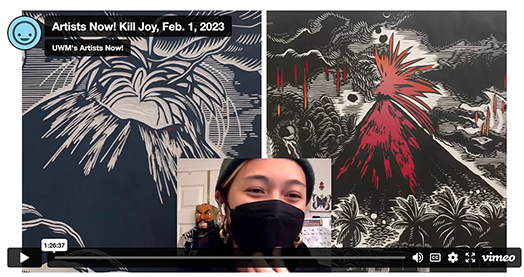
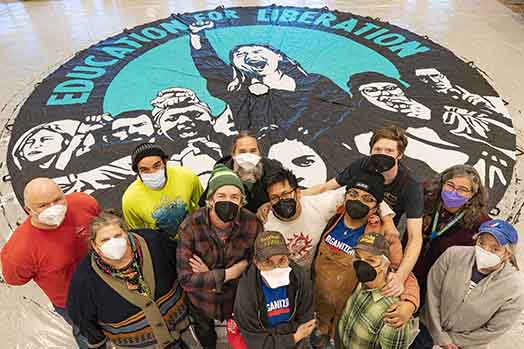

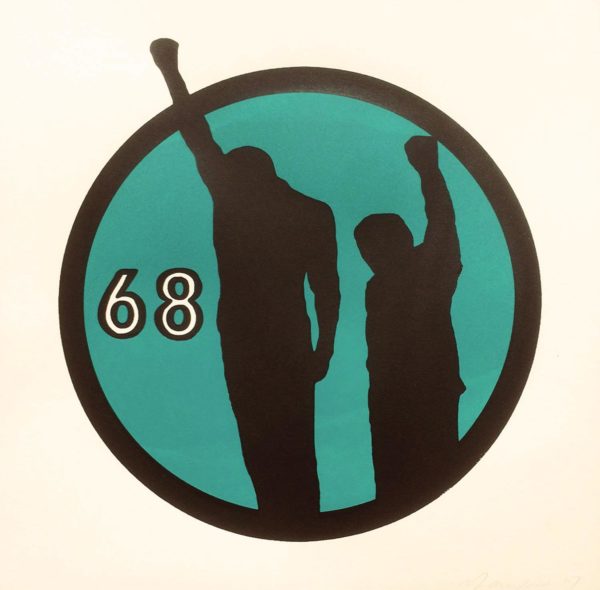
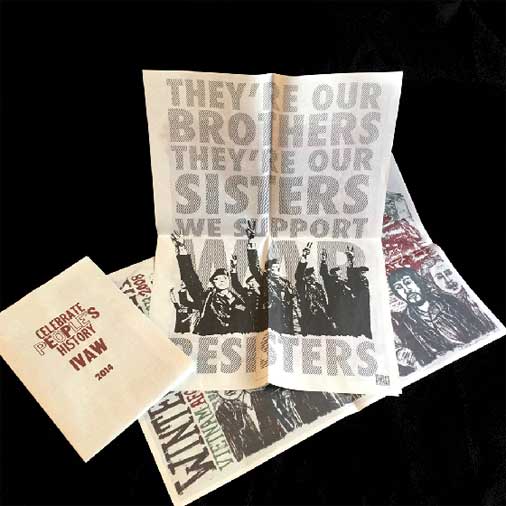
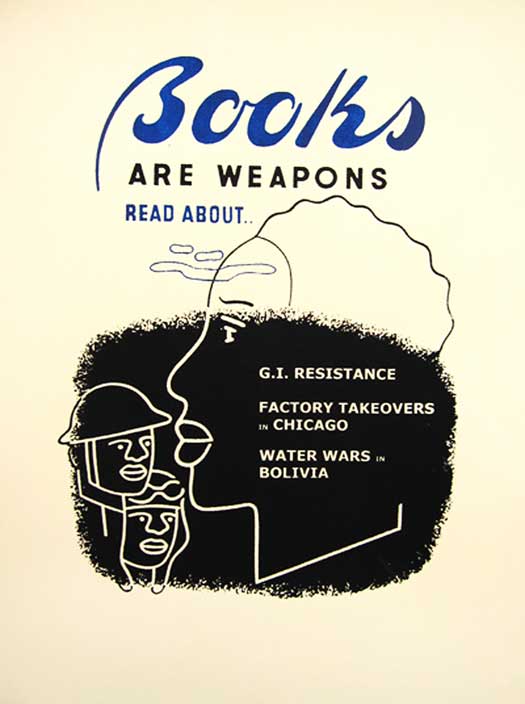
Brilliant and inspiring. I am going to borrow this tactic (the mud is genius) and blow it up in the Bay. Thanks Nicolas and crew!
Hooray! This was a great partnership between artists and activists and the most fun we have had on the campaign yet.
Please help us end torture at Tamms supermax prison. This petition has great political value and we need more signatures. If each of you sent this link out to your networks, we could spread this petition all over the world:
http://www.juliehamos.org/tamms
Thank you from Tamms Year Ten.
Please do. The how-to-guide is incredibly simple and detailed on Jesse Graves website (mudstencils.com) We used roofing tar paper as the stencil material which holds up well to the water. You get about 6-10 stencils up before it starts breaking down and you should clean off the access mud after each pressing with a piece of cardboard. Please be sure to credit Jesse Graves as the originator of this technique when it is promoted and when it gets press.
these stencils are beautiful! im sad, though, that they’re all made of mud…that does mean they’ll just wash away right? i hope somebody uses this beautiful design with a more permanent medium. that would keep the message out longer!
Neal, actually the mud stencils may last longer than spray paint. Many were put up under overhangs and train bridges were rain will never hit them so they can last for decades if they are not cleaned off. Some of Jesse Graves mud stencils that he put up over two years ago look brand new to this day, Plus, since they are mud, city graffiti cleanup crews may let them stay up since they are not your typical graffiti. The ones on sidewalks will wash away after a rainstorm, but the documentation will last, as will the memory.
To do something about human rights abuses at Tamms and to learn more, go to:
http://www.juliehamos.org/tamms
I live in the Austin Community. I’m glad we were not forgotten about. My daughter actually called me from school telling me about all the signs she had seen on her way to school. If this doesn’t do any thing else than raise awareness and questions it’s a wonderful way to awaken the interest in a new generation of young adults.
coool
Their stenciling looks cool. It’s not considered graffiti because it’s mud. Great idea